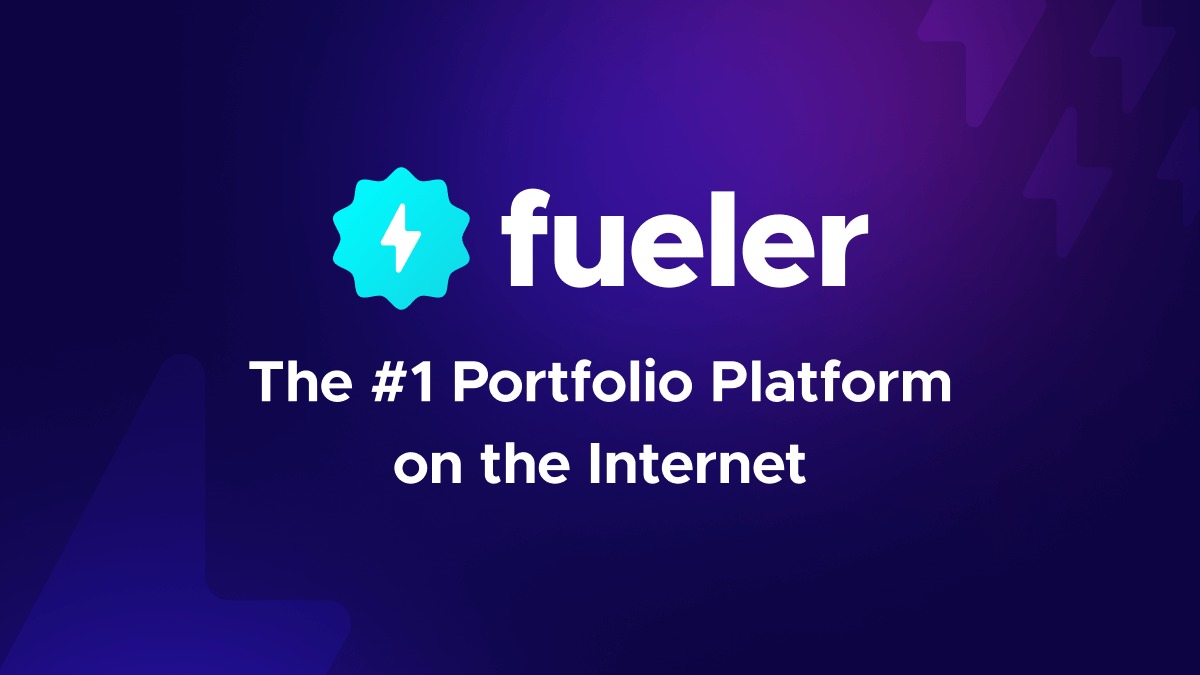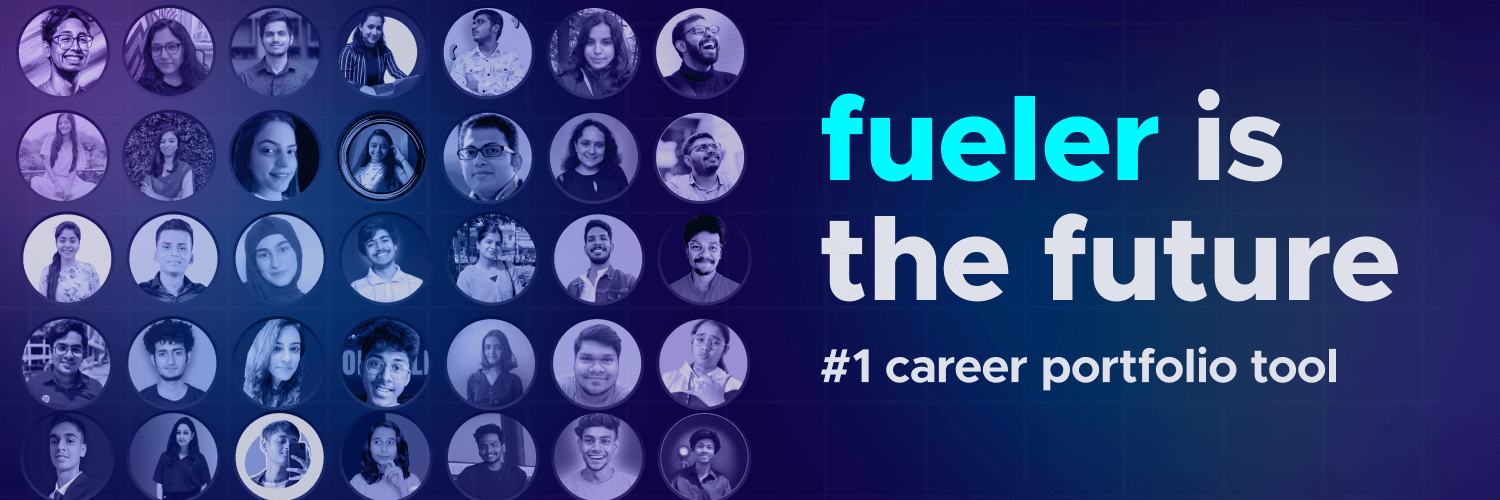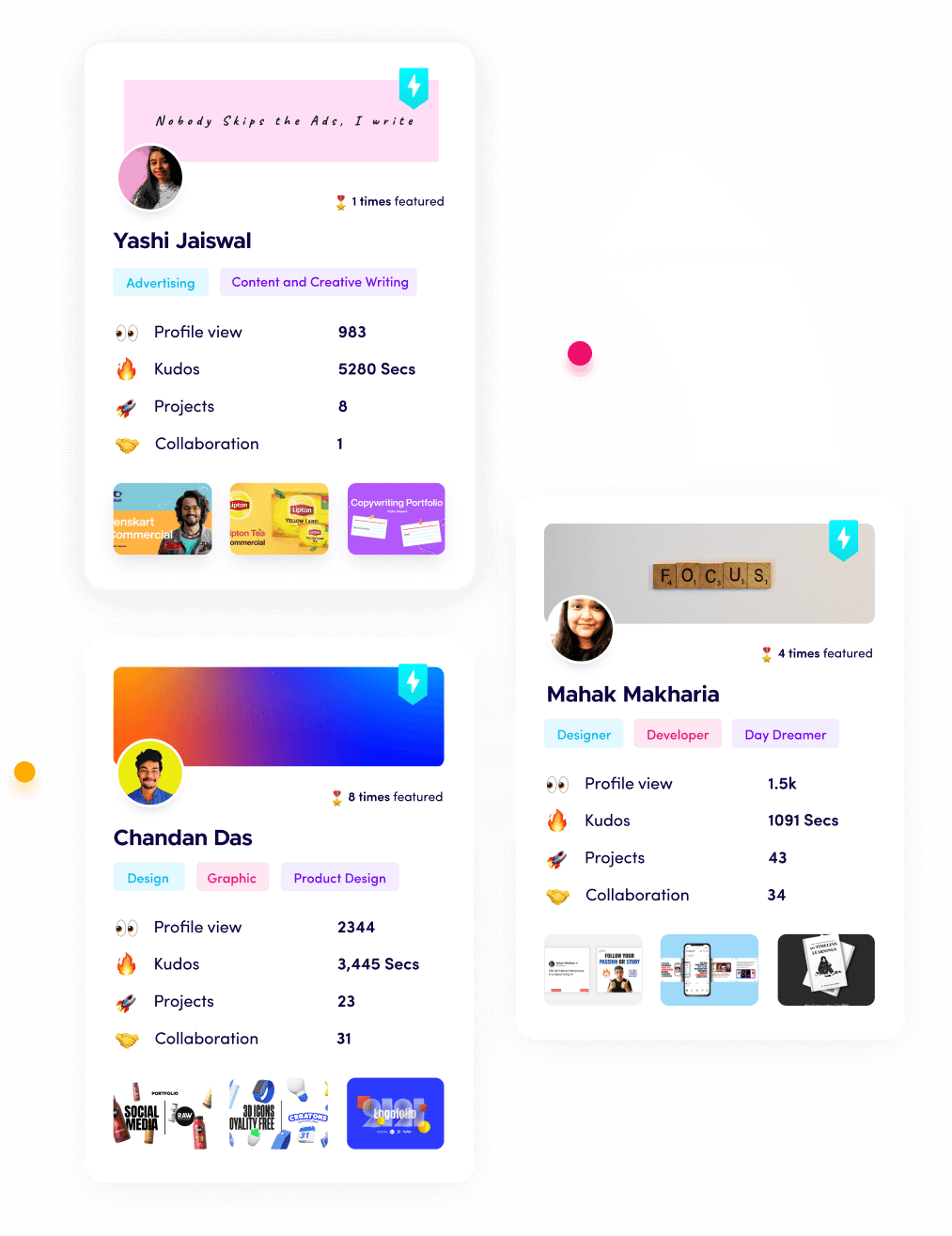How to Transition from 9-to-5 to Full-Time Freelancing

Riten Debnath
11 May, 2025

Making the jump from a traditional 9-to-5 job to full-time freelancing can feel like a huge leap. But with the right strategies and mindset, you can turn this dream into reality. As someone who has worked with many freelancers making this transition, I’ve seen firsthand what works and what doesn’t.
I’m Riten, the founder of Fueler, and I’ve helped many freelancers successfully make this transition. In this guide, I’ll walk you through the steps to smoothly shift from a traditional job to freelancing full time, ensuring that you’re prepared for the challenges and ready to embrace the opportunities.
Making the jump from a traditional 9-to-5 job to full-time freelancing can feel like a huge leap. But with the right strategies and mindset, you can turn this dream into reality. As someone who has worked with many freelancers making this transition, I’ve seen firsthand what works and what doesn’t. This guide will help you navigate this journey step by step, ensuring you’re fully prepared to take on the freelance world.
1. Assess Your Current Financial Situation
Before diving into full-time freelancing, it’s crucial to understand your financial readiness. Freelancing comes with its challenges, especially when it comes to income stability. Evaluate your savings and monthly expenses, and ensure you have a financial cushion to fall back on for at least 3-6 months.
- Do you have enough savings to cover your living expenses for 3-6 months?
- Are you earning enough from freelancing to match or exceed your current salary?
- Do you have a plan in case you experience slower months?
2. Build a Strong Freelance Portfolio
A powerful portfolio is key to attracting high-paying clients. Begin building it while still working your 9-to-5. Showcase your skills and highlight the results you’ve achieved for past clients. With platforms like Fueler, you can create a professional portfolio without needing to invest in a website.
- Start with showcasing a variety of work that reflects your best skills.
- Use Fueler to build a clean and impactful portfolio.
- A strong portfolio will speak for your expertise and help you stand out.
3. Start Networking with Potential Clients
Don’t wait until you’re fully freelancing to begin networking. Start connecting with potential clients while you're still employed. Networking can open doors to new opportunities, and it can be done through online communities, LinkedIn, or freelance platforms.
- Join relevant groups or communities related to your freelance niche.
- Use platforms like Fueler to network and find clients looking for specific services.
- Building relationships before going full-time will help ensure steady work when you make the switch.
4. Set Clear Goals and Deadlines
Having clear and measurable goals is essential for making a successful transition. By setting short-term and long-term goals, you can track your progress and know when you’re ready to take the leap into freelancing full-time.
- Set short-term goals such as landing a certain number of clients or earning a specific amount per month.
- Develop long-term goals, like establishing a solid client base and increasing your rates.
- Regularly track your progress to make sure you’re on the right path.
5. Develop a Routine for Freelancing Success
Freelancing comes with flexibility, but it also requires discipline. Setting a routine will help you stay productive and ensure you meet deadlines. Make sure to allocate time for both client work and self-promotion.
- Create a daily routine that balances work and personal time.
- Include breaks and rest periods to prevent burnout.
- Stay consistent and disciplined to manage your time efficiently.
6. Start Small and Scale Gradually
Rather than quitting your job immediately, start freelancing part-time in the evenings or weekends. As you gain clients and build momentum, gradually increase the number of hours you devote to freelancing until you're ready to go full-time.
- Begin with small projects and scale up over time.
- As your confidence and client base grow, you’ll feel more comfortable making the full transition.
- This gradual approach will help you avoid burnout and financial strain.
7. Learn to Market Yourself Effectively
Marketing is the key to growing your freelance business. As a freelancer, you are your own brand. It’s important to present your skills effectively and showcase your value. Platforms like Fueler are a great place to showcase your portfolio and make your services visible to potential clients.
- Create an online presence through platforms, social media, and websites like Fueler.
- Always ask clients for referrals and testimonials to build credibility.
- Consistently market your work to attract high-paying clients.
8. Prepare for the Emotional Roller Coaster
Freelancing can be emotionally challenging at times. Some months will bring in abundant work, while others may be slower. Being prepared for these fluctuations will help you stay focused and positive.
- Understand that ups and downs are part of freelancing.
- Stay motivated by reminding yourself of your long-term goals.
- Create a support system of fellow freelancers and mentors to navigate tough times.
Conclusion:
Making the transition from a 9-to-5 job to full-time freelancing requires careful planning, persistence, and a lot of dedication. It’s not going to be easy, but the rewards are worth it. By building a strong portfolio, networking with clients, setting goals, and staying disciplined, you can create a successful freelance career that offers both freedom and financial security.
As you embark on this journey, platforms like Fueler can help you build a professional portfolio, connect with clients, and even track your progress. Your dream of freelancing full-time is closer than you think, so take it step by step, and you’ll get there.
FAQ’s: How to Transition from 9-to-5 to Full-Time Freelancing
1. How long does it take to transition to full-time freelancing?
The time it takes varies, but most people take around 6-12 months to build up their freelance client base before quitting their 9-to-5. Start small and scale gradually.
2. How do I know when I’m ready to quit my job?
You should be consistently earning enough to cover your expenses and have at least 3-6 months of savings. Additionally, ensure you have a steady stream of freelance work lined up.
3. Can I start freelancing without a website?
Yes, you don’t need a personal website to freelance. Platforms like Fueler allow you to build a professional portfolio without needing a full website.
4. Where can I create a freelance portfolio?
You can use platforms like Fueler to create a clean and impactful freelance portfolio that showcases your best work to potential clients.
5. How do I market myself as a freelancer?
Create a strong online presence, showcase your best work on Fueler, and ask satisfied clients for testimonials. Consistent self-promotion is key to attracting clients.
How do I market myself as a freelancer?
Create a strong online presence, showcase your best work on Fueler, and ask satisfied clients for testimonials. Consistent self-promotion is key to attracting clients.
What is Fueler Portfolio?
Fueler is a career portfolio platform that helps companies find the best talents for their organization based on their proof of work.
You can create your portfolio on Fueler, thousands of freelancers around the world use Fueler to create their professional-looking portfolios and become financially independent. Discover inspiration for your portfolio
Sign up for free on Fueler or get in touch to learn more.


